If you're planning a trip to Peru and looking for an unforgettable experience, the Salkantay Trek to Machu Picchu is a must. This route, an alternative to the famous Inca Trail, takes you through breathtaking landscapes ranging from snow-capped mountains to lush tropical forests, offering a unique connection to Andean nature and culture.
Planning an adventure like this can bring up many questions, but here you’ll find answers to the most common ones along with tips to make the most of this extraordinary experience. Ready to discover one of the best routes to Machu Picchu?
First of all, why choose the Salkantay Trek?
The Salkantay Trail is more than just a path to Machu Picchu; it’s an adventure that immerses you in the heart of Andean nature and culture. Unlike the Inca Trail, this route is quieter and less crowded, making it ideal for those seeking a deeper connection with their surroundings.
Unlike the famous Inca Trail, the Salkantay route doesn’t require official permits or have a daily visitor limit, making it an ideal choice for those seeking peace and a deeper connection with nature.
What makes the Salkantay Trek special?
- Salkantay Pass: One of Peru's highest and most sacred mountains, standing at 6,271 meters above sea level.
- Diverse landscapes: Experience the dramatic shift from cold, rugged high-altitude trails to the warm, green valleys of the cloud forest.
- Tranquility: With fewer trekkers, you can enjoy the route at your own pace, soaking in every moment. Perfect for those seeking adventure, nature, and peace.
What is the Salkantay Trek and why is it so popular?
After the Inca Trail, the Salkantay Trek is the most popular route in the Peruvian Andes. It’s an ideal alternative with fewer trekkers and offers spectacular views of the region’s natural beauty.
One of the highlights is Mount Salkantay, which is among the highest peaks in Peru. You’ll journey through vibrant tropical forests and witness breathtaking snow-capped peaks along the trek. Once completed, this trek is an experience you'll never forget.
What does "Salkantay" mean?
The name "Salkantay" comes from Quechua, the ancient Andean language, and translates to "wild mountain" or "indomitable mountain."
Origin of the name:
- "Salka": Refers to something wild, untamed, or inaccessible.
- "Antay": Describes the mountainous geography and snow-capped peaks.
How long does the Salkantay Trek last?
The Salkantay trail typically lasts 4 days and 3 nights, with daily hikes ranging from 5 to 8 hours. Many tour operators also offer a 5-day option for a more relaxed and immersive experience, depending on your preferences and adventurous spirit.
4-Day, 3-Night Salkantay Trek
The Salkantay trekking starts in Soraypampa, where you’ll visit the stunning Humantay Lake before camping. Day two takes you over the challenging Salkantay Pass (4,600 m) and down to Chaullay. On day three, the trail leads through the lush cloud forest to Lucmabamba, with a chance to explore coffee plantations. The journey ends on day four with your arrival in Aguas Calientes and a visit to the majestic Machu Picchu.
5-Day, 4-Night Salkantay Trek
The 5-day version includes an extra day to fully enjoy the landscapes. It features a stop at the thermal baths of Cocalmayo in Santa Teresa and a visit to the Llactapata archaeological site before finishing at Machu Picchu.
How many kilometers do you walk in total?
The Salkantay Trek covers approximately 74 kilometers, depending on whether you choose the 4- or 5-day itinerary. Daily distances vary, with some days covering up to 10 kilometers and others ranging between 20 and 25 kilometers.
How difficult is the Salkantay Trek?
The Salkantay Trail is rated as moderately to highly challenging due to its varied terrain, high altitude, and long daily hiking hours. While you don’t need to be a professional athlete, good physical condition and mental preparation are essential for the challenges ahead.
Is the Salkantay Trek harder than the Inca Trail?
For many, the Salkantay Trek feels more demanding than the Inca Trail because of the higher altitude, longer distance, and rugged terrain. However, the level of difficulty also depends on your personal experience and preparation.
Factors that make the Salkantay Trek more challenging:
| Aspect | Salkantay | Inca Trail |
| Altitude | The Salkantay Pass (4,600 m). | Dead Woman’s Pass (4,215 m). |
| Distance | Spans 74 kilometers over 4 or 5 days. | Covers 42 kilometers in 4 days. |
| Trail | Includes diverse terrain, such as rocky paths, steep descents, and trails through the cloud forest. | Is more structured, following ancient stone paths built by the Incas. |
What’s the best time to do the Salkantay Trek?
The best time for the Salkantay Trek is during the dry season, which runs from April to November in Cusco. May and October often offer the most favorable weather conditions.
Weather in Cusco
Cusco has two main seasons:
- Dry Season (April to October): Days are usually sunny and pleasant, with daytime temperatures ranging from 15°C to 20°C. Nights can get very cold, dropping to around 0°C, especially in June and July. This is the best time for trekking and outdoor activities, as rainfall is minimal and the skies are clear.
- Rainy Season (November to March): Rain is frequent, and the days are warmer and more humid, with temperatures between 18°C and 22°C during the day. Nights are milder compared to the dry season. While the landscape becomes lush and green, rain can make trekking and other outdoor activities more challenging.
Read More » Weather in Cusco
Do I need to be in good physical shape for the trek?
Yes, being in good physical condition is important for the Salkantay Trek. The daily hikes are demanding and require endurance. It’s a good idea to acclimatize in Cusco for 2–3 days before starting the trek and to train beforehand to prepare your body and mind for the challenge.
Is hiring a guide or tour for the Salkantay Trek mandatory?
Hiring a guide is not mandatory, but it’s highly recommended. A knowledgeable guide can provide essential information, assist with planning, and ensure your safety throughout the trek.
Joining a tour, especially if it’s your first time, is an excellent option. TreXperience offers well-organized tours designed to provide tourists with a safe and enjoyable experience.
What’s the highest altitude reached on the trek?
The highest point of the trek is Salkantay Pass, which stands at 4,600 meters above sea level. Preparing both physically and mentally for the altitude is crucial to handling this challenge.
Fun fact » The Apu Salkantay, as it was called, was believed to be a protective spirit that governed rain and water—essential elements for agriculture and life in the Andes. This spiritual connection is still honored by local communities.
Is it safe to do the Salkantay Trek alone?
Trekking solo can be challenging due to the isolation, weather conditions, and altitude. It’s better to share the experience with a group, family, or friends for safety and support.
What kind of weather can you expect on the trek?
Weather conditions on the Salkantay Trail vary greatly as you cross different trails and altitudes. The most challenging section, weather-wise, is Salkantay Pass, where temperatures can drop below freezing. In contrast, camps near the cloud forest are warmer and less extreme, providing a more comfortable environment.
How much does the Salkantay Trek cost?
- Humantay Lake and Salkantay Pass (2 days): USD 300.00
- Salkantay challenge (3 days): USD 400.00
- Classic Salkantay Trek to Machu Picchu (4 days): USD 560.00
- Ultimate Salkantay Trek (5 days): USD 598.00
- Luxury Salkantay Trek (5 days): USD 1,600.00
- Salkantay to Machu Picchu Tour (8 days): USD 798.00
What should you bring for the Salkantay Trek?
- Waterproof poncho and jacket
- Warm clothing
- Hat or cap and sunscreen
- Insect repellent
- Enough water to stay hydrated
- Toilet paper
- Basic medication like aspirin and altitude sickness remedies
- Snacks or nuts for extra energy
Do you need trekking poles for the Salkantay Trail?
Trekking poles are not mandatory but are highly recommended. They provide significant benefits, especially on challenging terrain, by reducing strain, improving balance, and offering extra support.
Can you do the Salkantay Trek with children?
Yes, it’s possible to do the Salkantay Trek with children, but careful planning and preparation are essential. The trek is physically demanding and can be challenging even for adults. Assess your child’s age, physical condition, and hiking experience before deciding.
How does altitude affect the trek?
Altitude sickness is a possibility, so it’s advisable to acclimatize in Cusco for at least two days before starting the trek. Avoid excessive alcohol, eat light, and drink plenty of water. Stay hydrated during the hike, rest frequently, and listen to your body. Coca-leaf tea can also help alleviate symptoms.
Where do you sleep during the trek?
At TreXperience, we provide well-equipped campsites where you can sleep under the stars. Choosing a tour that meets your comfort and safety needs ensures a better experience.
Can you rent horses during the trek?
Yes, horses are available for rent during the Salkantay Trek, particularly for challenging sections like the Salkantay Pass. Local communities provide this service, and costs vary depending on the distance. Reservations aren’t necessary; you can arrange it on the spot.
Is there Wi-Fi during the Salkantay Trek?
Wi-Fi access is very limited during the trek. Some campsites may offer it for a fee, but connections are typically slow and unreliable. At the end of the trek in Aguas Calientes, you’ll find free Wi-Fi at most hotels and restaurants. Use the trek as an opportunity to disconnect and enjoy nature.
Are there bathrooms along the trek?
Yes, there are bathrooms along the Salkantay Trek, though their quality and availability vary:
- Campsites: Most campsites have basic bathrooms, some with eco-friendly toilets or latrines. Some operators also provide portable toilets.
- Rest stops: Certain rest areas near local communities have rustic bathrooms, but they may not always be in the best condition.
- Aguas Calientes: At the end of the trek, you’ll have access to well-equipped and comfortable bathrooms at your hotel or accommodations.
See you on the trail!
The Salkantay Trek is more than a hike; it’s a transformative experience through unforgettable landscapes that connect you with the essence of the Andes. With answers to your most common questions, you’re ready to plan this journey confidently. And in the end, Machu Picchu awaits as the perfect reward for an adventure you’ll carry in your heart forever.
If you have more questions, we’re here to help.

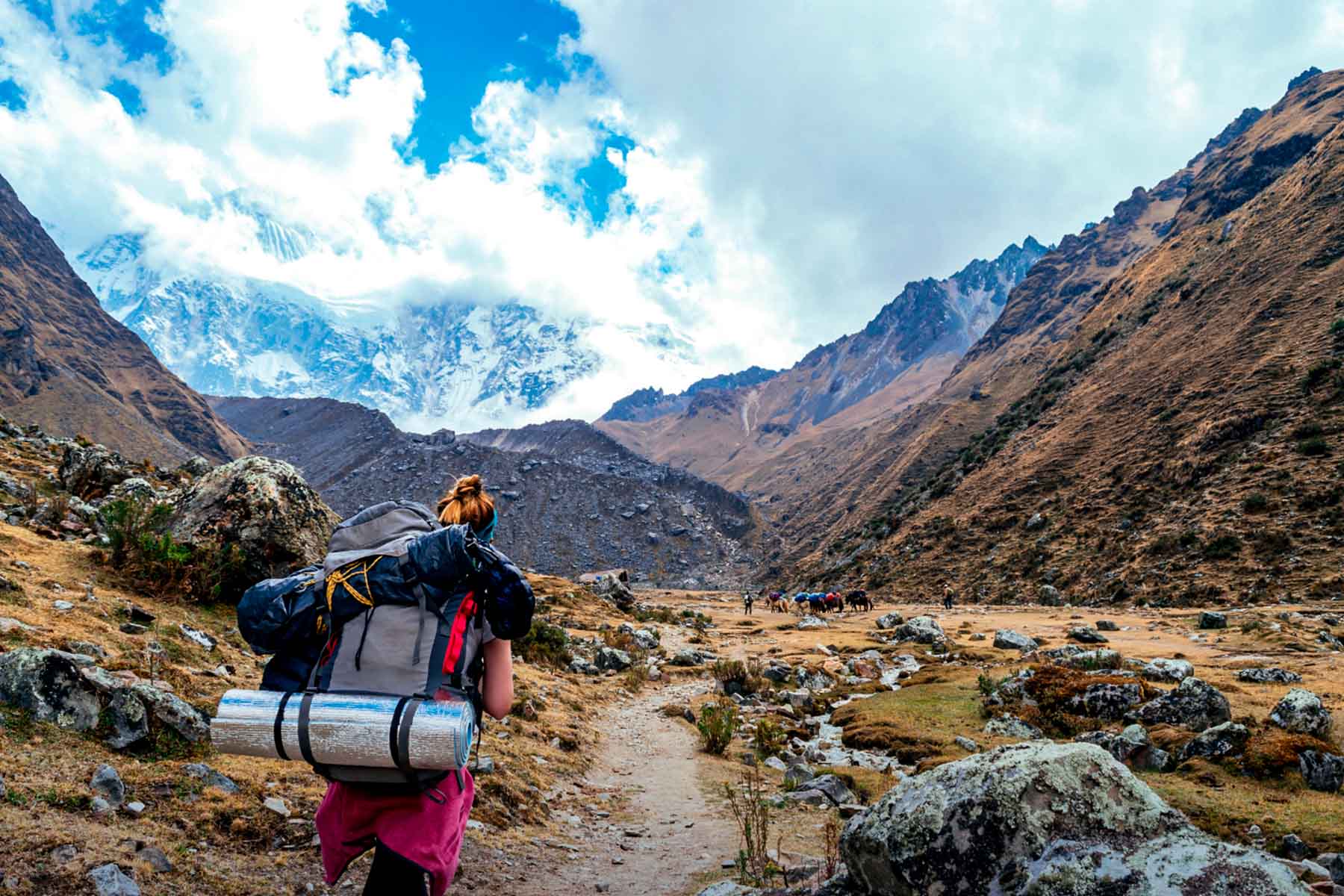


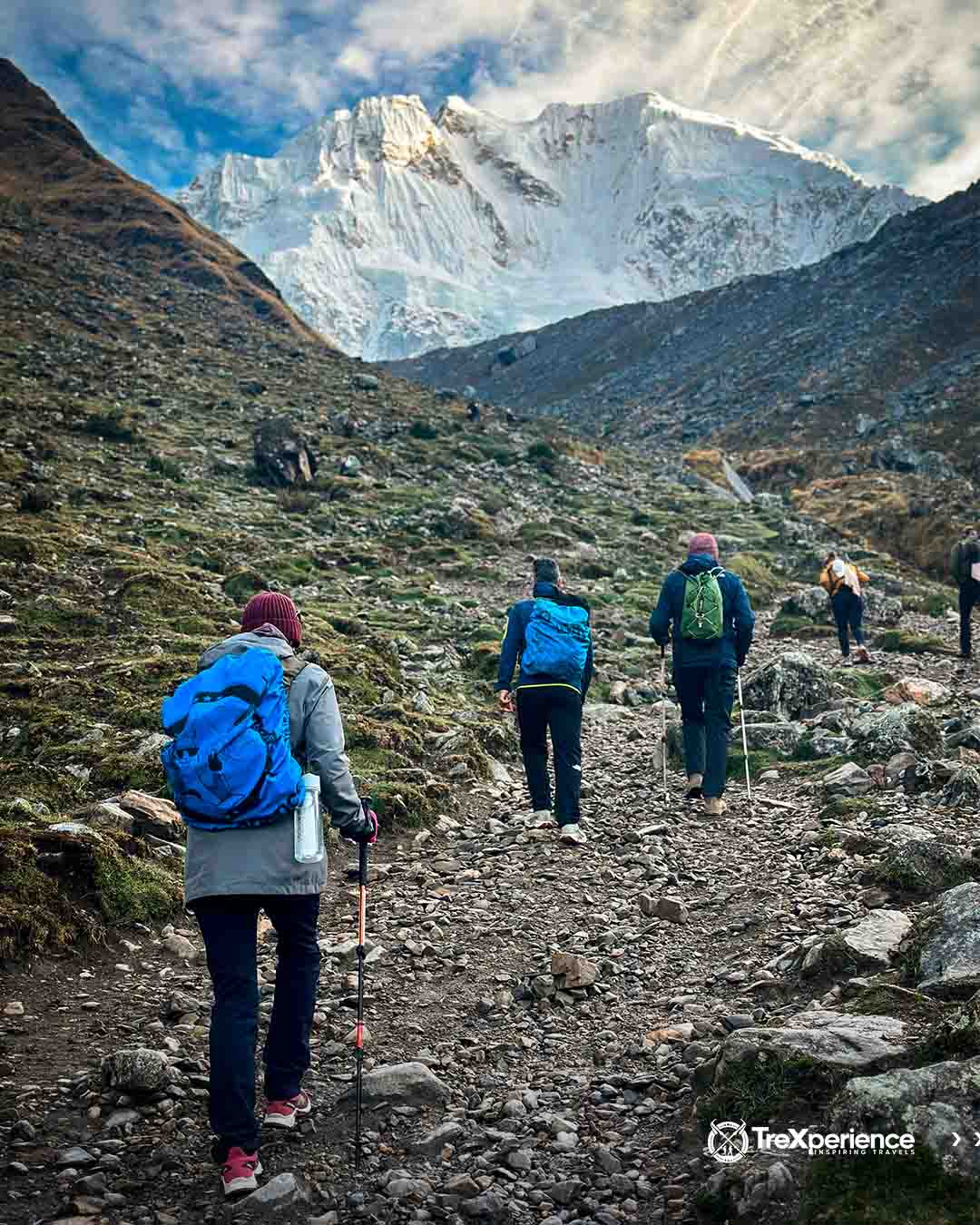
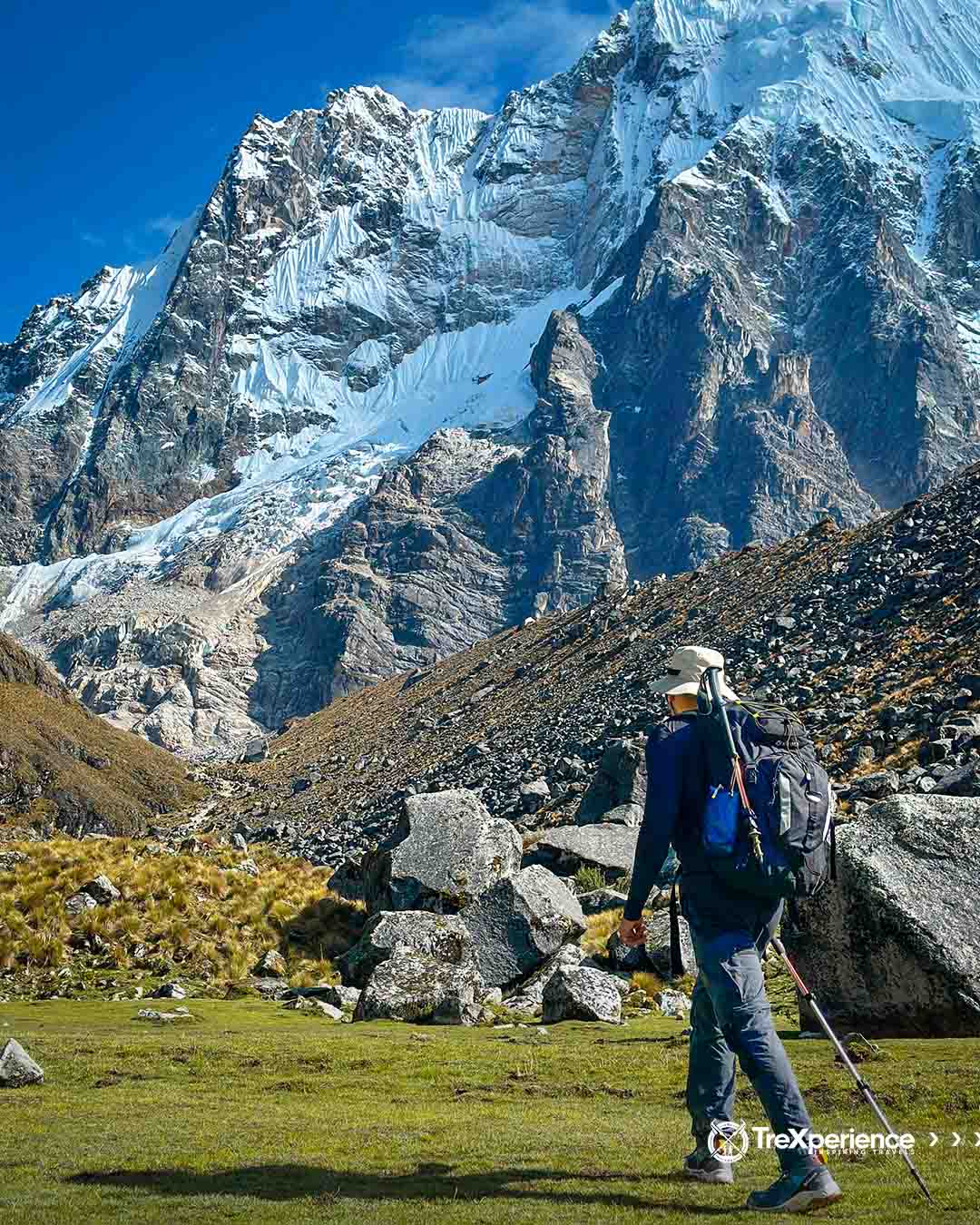
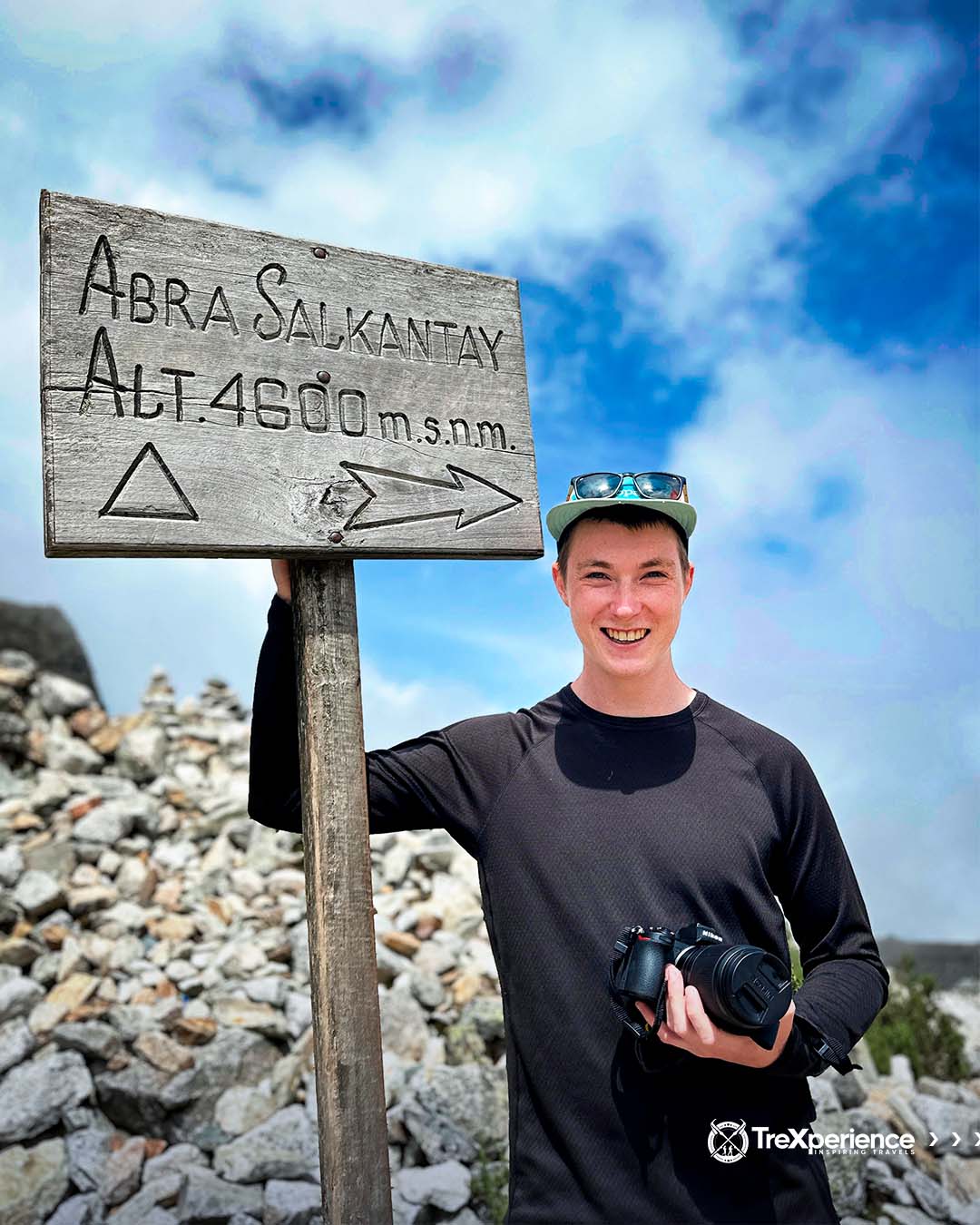
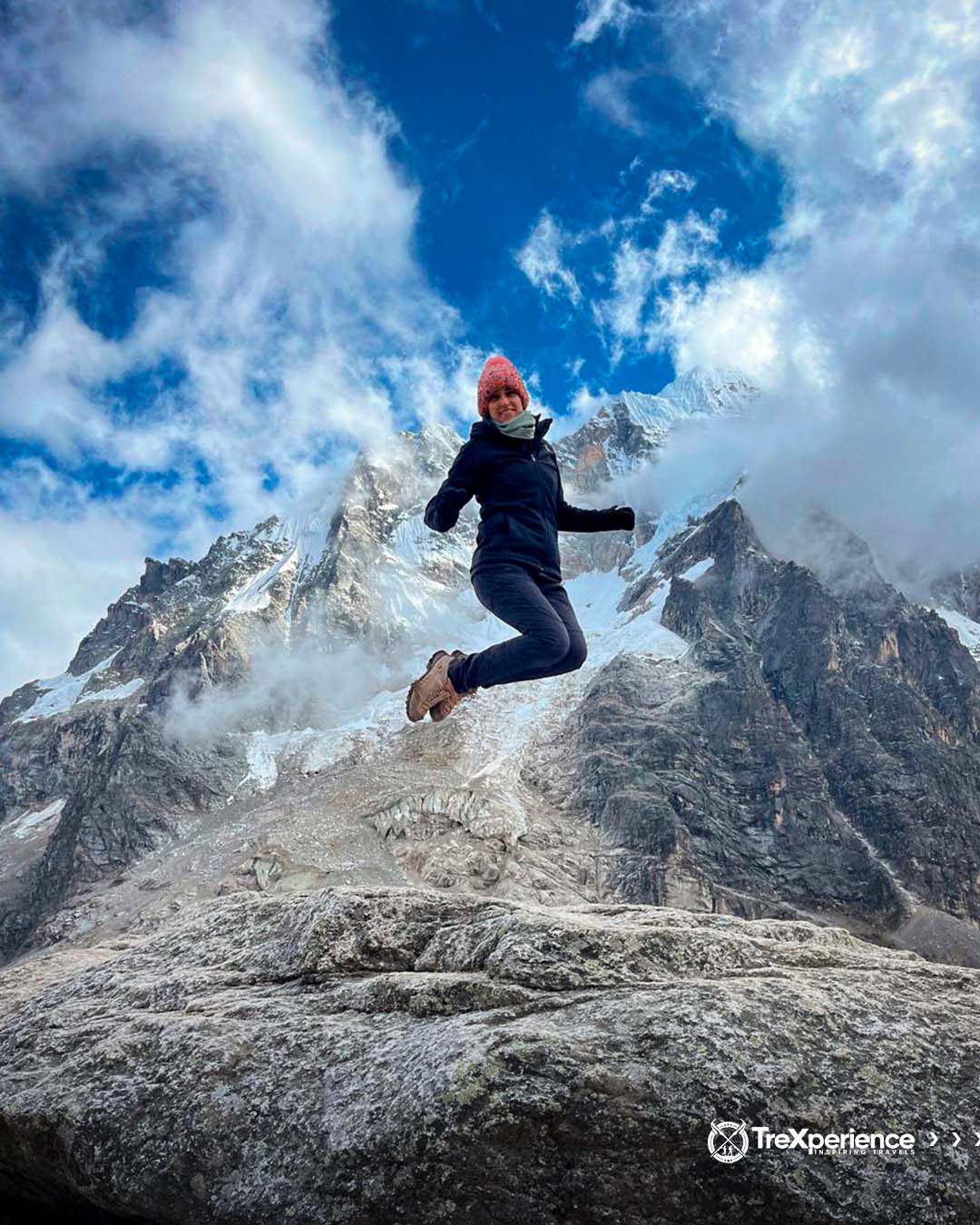
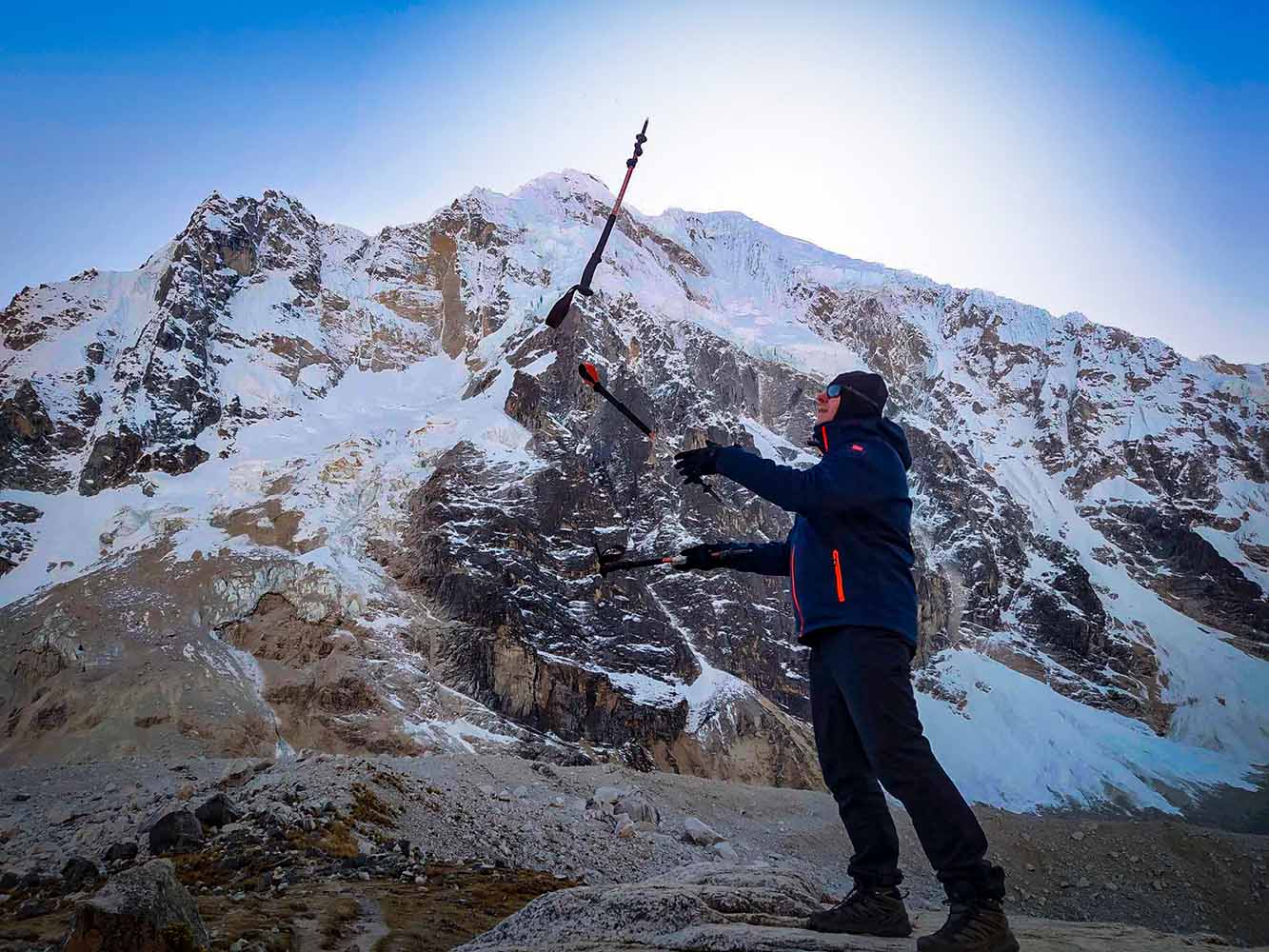
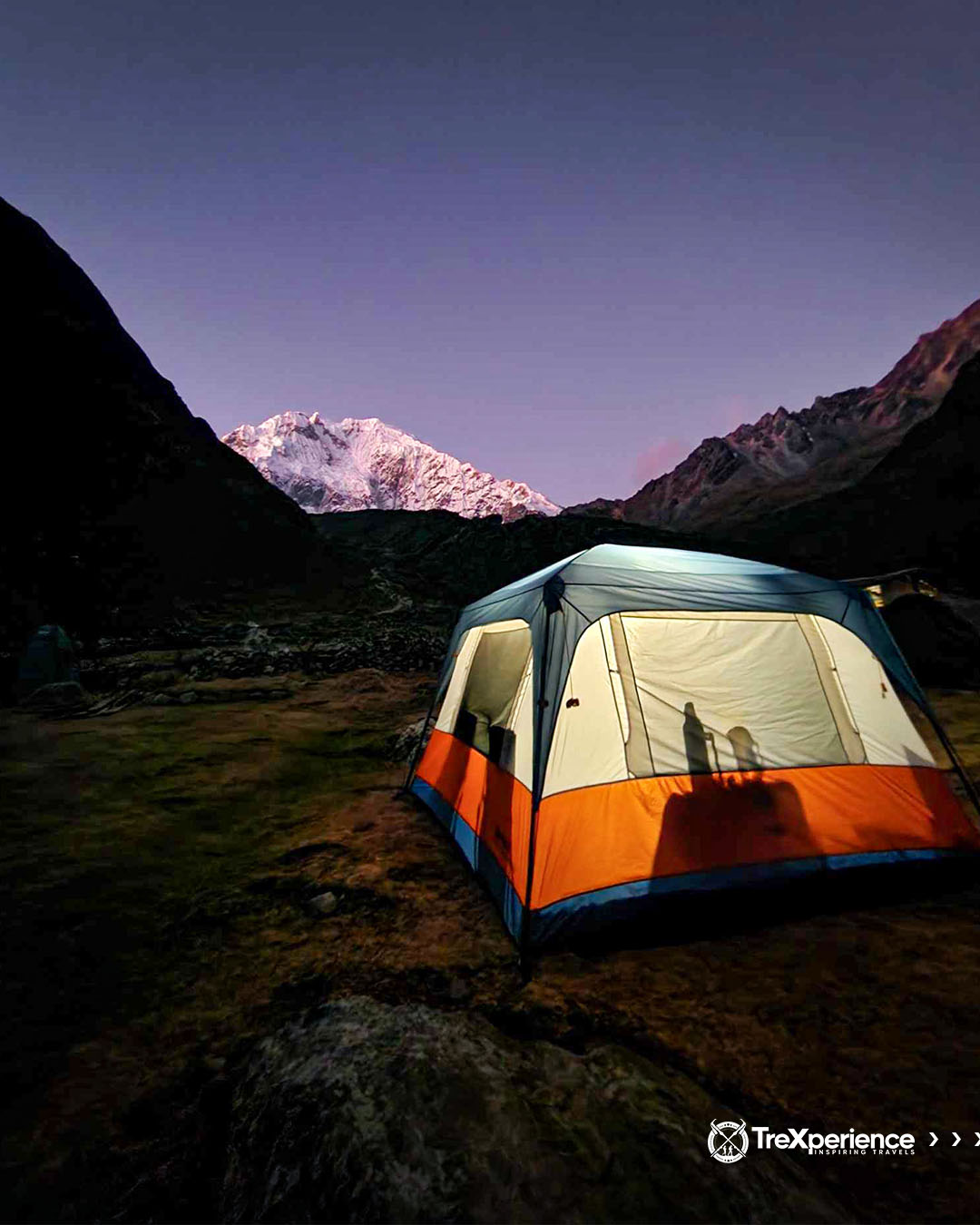
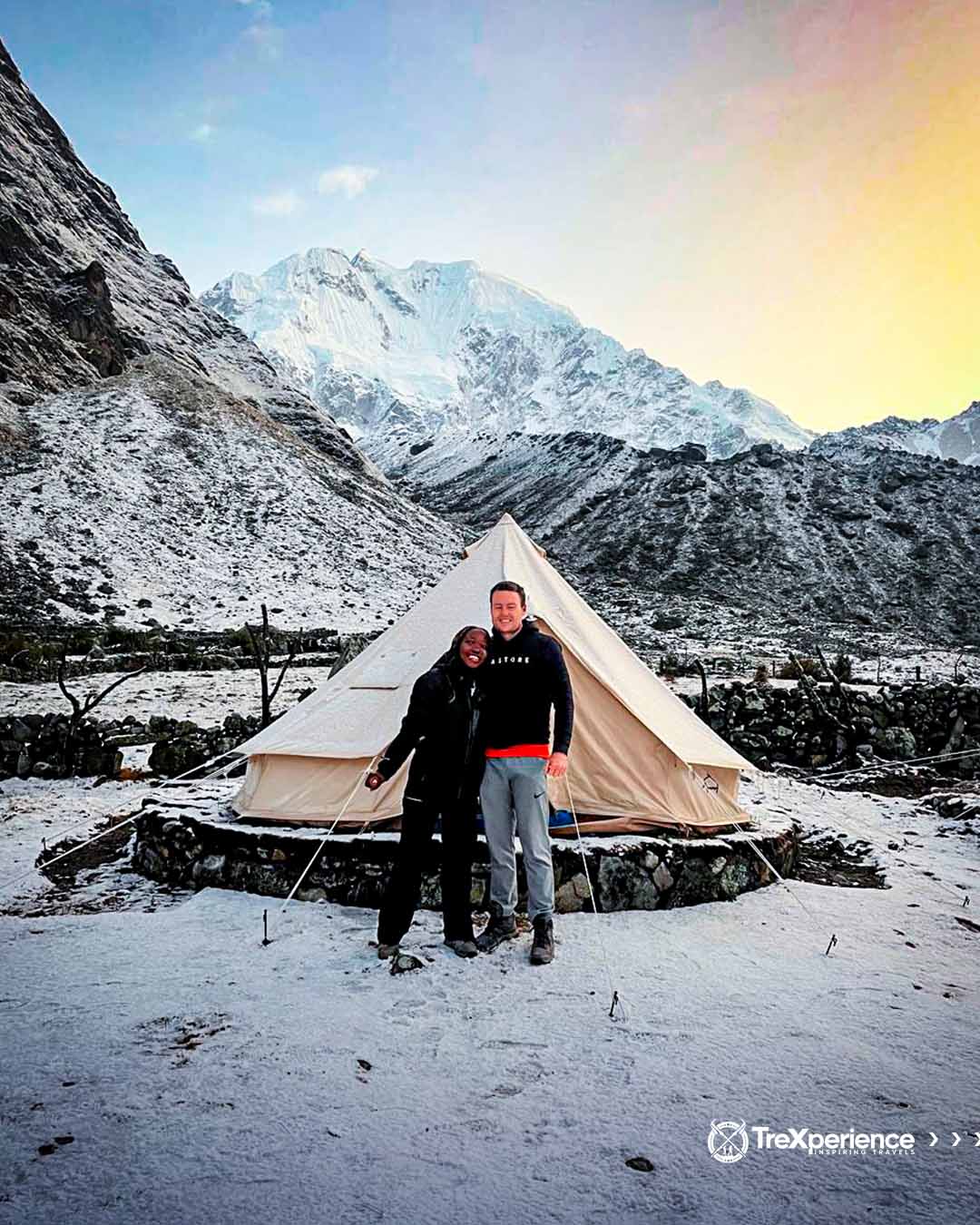
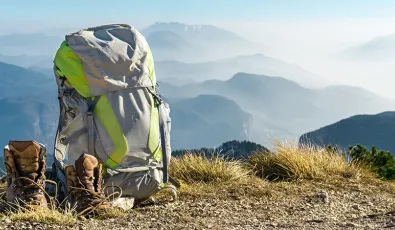
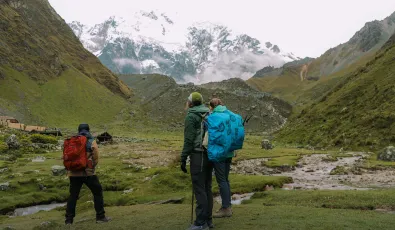
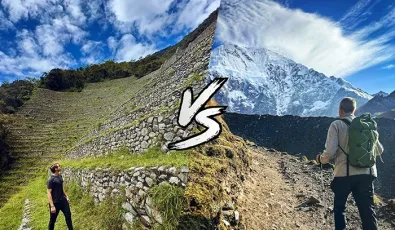

Add new comment